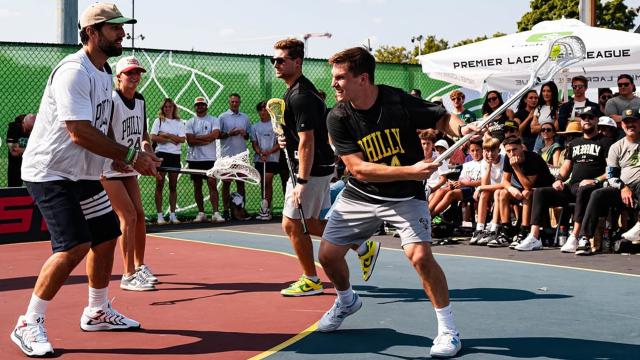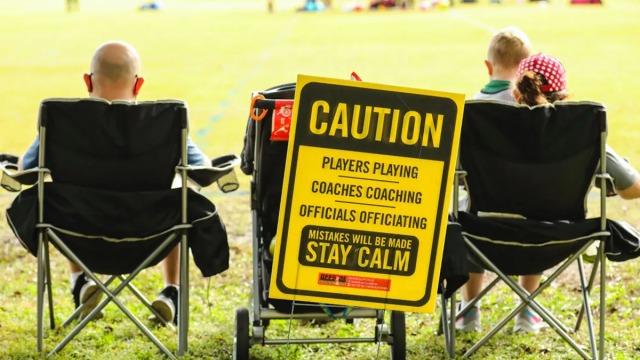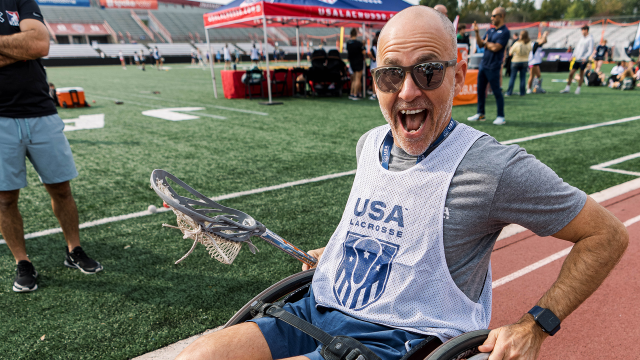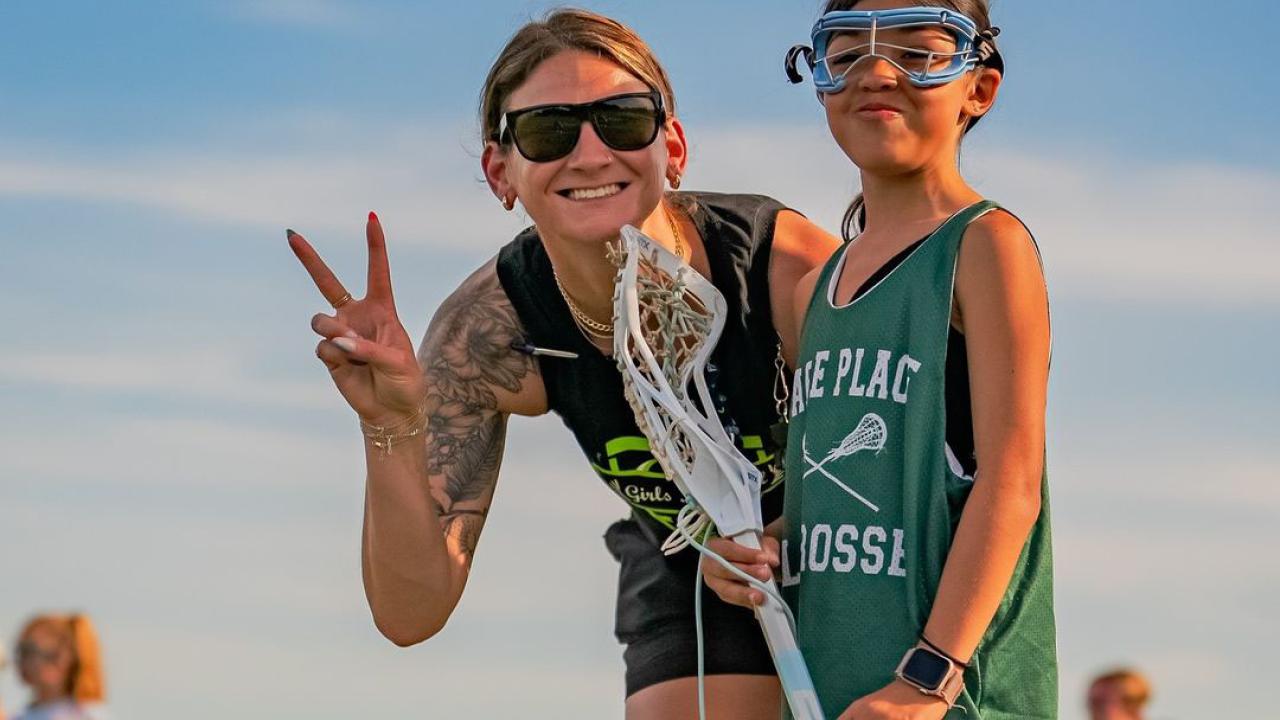
Balance Helps True Lacrosse and Community Programs Thrive
A common saying in the quest for lacrosse growth is that a rising tide lifts all ships.
That’s a philosophy embraced by True Lacrosse, a national club program that boasts more than 500 teams in 23 states. As part of its overall philosophy, True Lacrosse embraces its players participating in their local community programs whenever possible.
“We feel very strongly that the better players, when they go back to their community programs, elevate the game,” said True Lacrosse Co-Founder Mike Gabel. “I’ve seen a lot of growth in some of these states over the years. I’m fearful of the trend of not going back in playing with their local towns. It helps grow the sport.”
Strong community programs help tackle what Steve Kirr, senior director of regional development for USA Lacrosse, calls the three A’s.
“Affordability, awareness and accessibility,” Kirr said. “Community lacrosse helps us overcome the three barriers to propel the entire sport of lacrosse.”
True Lacrosse’s approach to work with community programs creates a situation of the best of both worlds for players.
Blake Balcaen runs True’s program in Westchester County, New York, and says of the approximately 450 kids in his program, he can count on one hand the number of kids that don’t also play with their town teams. He can’t imagine it any other way.
“Playing town lacrosse with your buddies is awesome,” Balcaen said. “I’ve got pictures from tournaments that I played in when I was in second grade. Those same guys are the ones in my graduation pictures, friends playing together all those years.”
We feel very strongly that the better players, when they go back to their community programs, elevate the game.
Mike Gabel
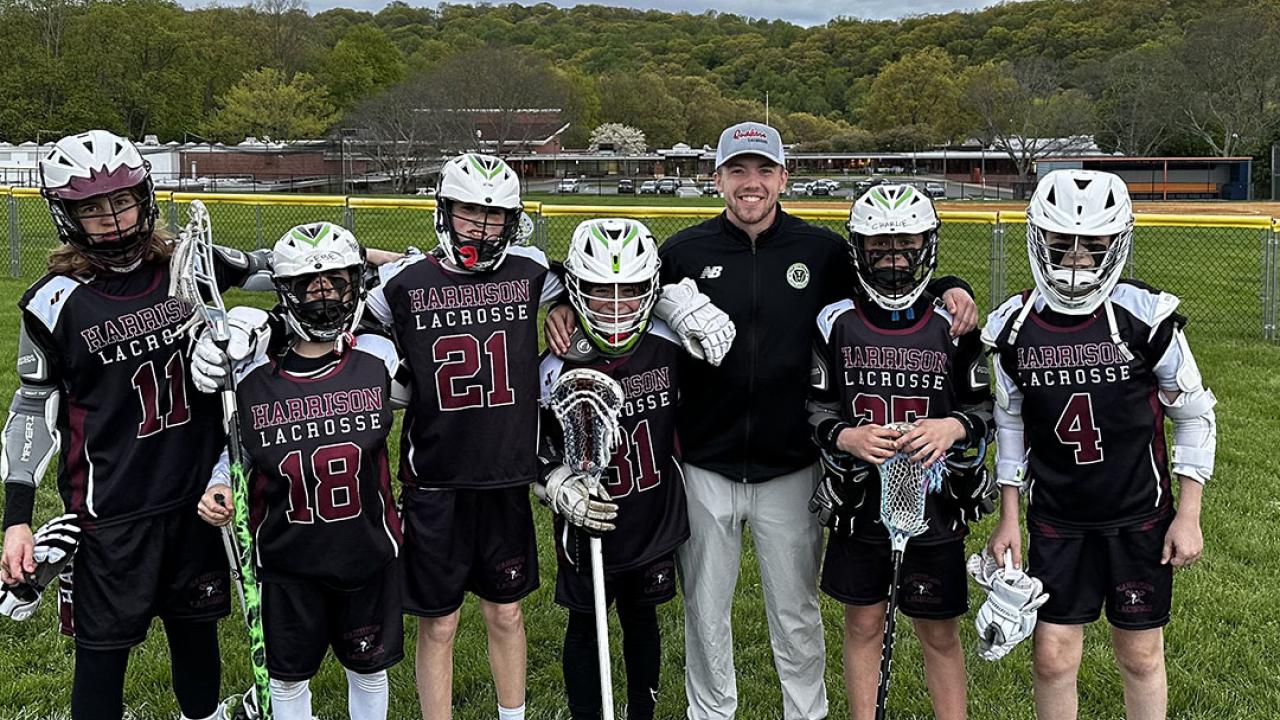
PJ Martin is a VP for True Lacrosse, overseeing its operations in several western states. He echoes Gabel’s comments on the stronger club players helping bring along the quality of play for everyone.
“In Utah and the West it is common for local teams to have some players who play club lacrosse at a high level and often just as many who have never picked up a stick and these players are on the same team,” Martin said. “That can be a tricky scenario, but we have worked to create a system, utilizing our staff, to bolster community programming through volunteerism and to host mindfully-timed training sessions for more experienced players. This allows our True players to supplement their growth without pulling them out of recreational or community programs.”
The key to success, says Martin, is making supporting resources from True Lacrosse available to the community and maintaining strong, healthy relationships throughout the sport locally.
“One of the key ways we operate out here is that True is a part of the community,” Martin said. “It’s an open relationship that goes both ways. We find balance and try to find opportunities to connect all year.”
In some cases, people have asked True Lacrosse to run their local town programs, but that’s not the best approach in Gabel’s opinion.
“I strongly believe the community programs are more successful if there are volunteer parents involved — coaching, recruiting kids,” Gabel said.
Instead, True Lacrosse’s approach is work with all of the community programs in their designated areas — offering free coach and player clinics customized to the needs of the program.
“There’s a right way of doing things – an even balance of kids playing with community and if they want to take it more seriously, play club,” Balcaen said. “I think that’s the right way to do things.”
Brian Logue
Brian Logue has worked at USA Lacrosse since 2000 and is currently the senior director of communications. He saw his first lacrosse game in 1987 - Virginia at Delaware - and fell in love with the sport while working at Washington and Lee University.
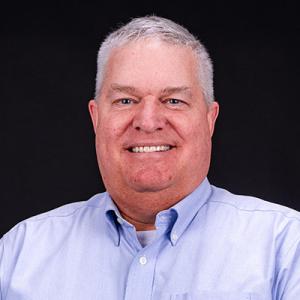
Categories
Tags
Related Articles
